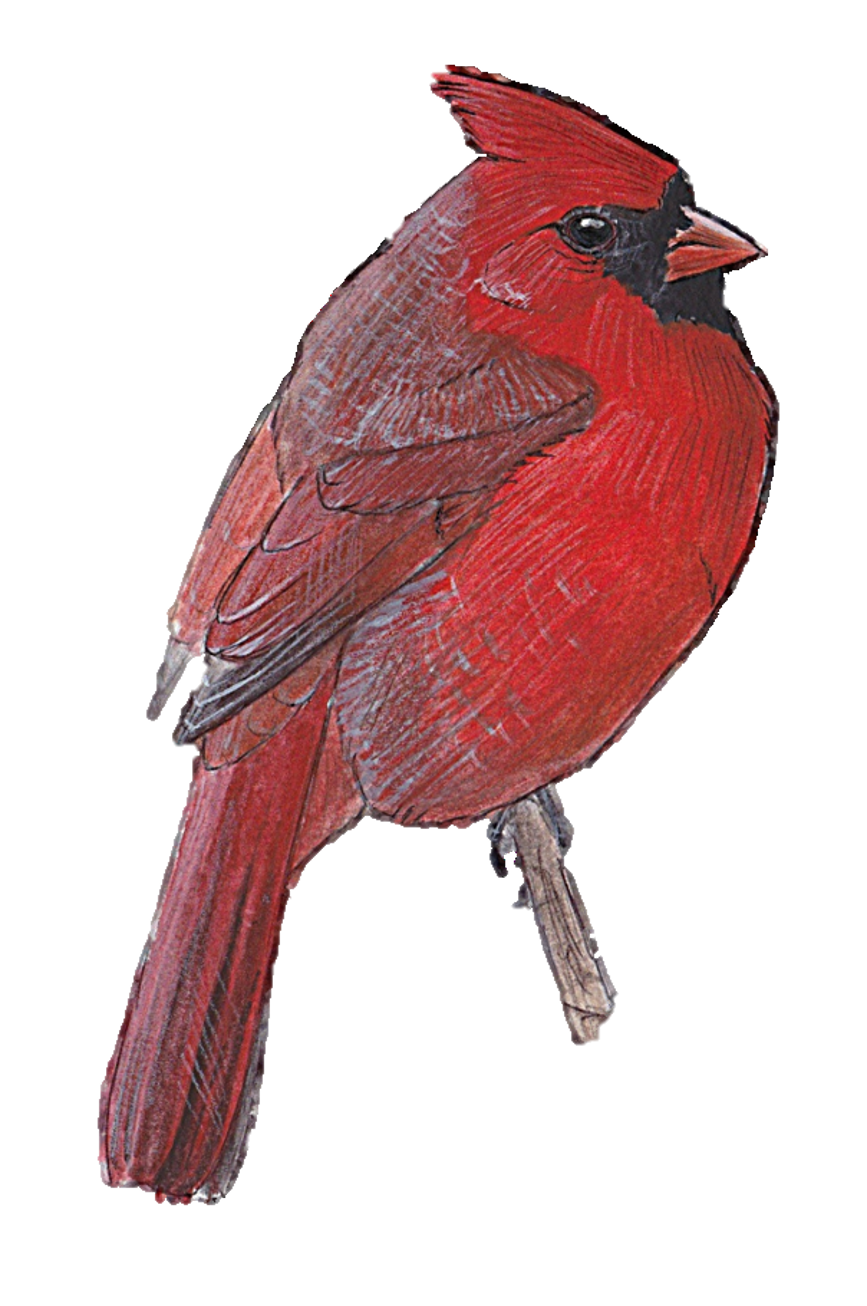Nature journaling is something that makes a wonderful activity to do with family and friends. We humans are social creatures and enjoy being part of a group. Exploring nature together is one of the best ways to bond with your child and you will both benefit from the process.Consider getting outside with your kids weekly or daily. The more you all journal together, the more fun and easy it will become. Don’t worry if you “can’t draw a straight line with a ruler” or haven’t had any scientific training. These things are skills that will develop with practice. The beauty of nature journaling is that if you do it often enough, you will start to see these skills improve for you automatically as you fill up journal after journal. Your kids will see you taking the initiative to try something new and this in turn will give them the courage to try it also.
Nature Journaling as an Educational Tool- The reason journaling is such a phenomenal way to teach children about nature is that it combines the practices of art, scientific inquiry, language arts, and mathematics onto a single page–it serves as an intersection point for all of these disciplines.
Nature journaling also not only presents to kids the process and practice of scientific inquiry, language arts, and mathematics, but it also provides them with a way to see how they would use these skills in real life! Some examples of this include recording information about plant height through writing, discovering where the flowers grow tallest with a graph, and on and on.
Sparking Intentional Curiosity In You and Your Children- One of the most important pieces of nature journaling is asking questions. A journal is a place where it is okay to wonder about something or to not know the answer. In fact, asking questions is at the heart of being a good scientist. Encourage your kids to be intentionally curious and to wonder without limit about everything they see in nature: “Why do the leaves look curlier the higher you get up the stem?” “How does the mantis catch the wasp without being stung?” “When will the geese return to the pond?” “Why is part of the leaf yellow and not red?” “Are there different ways leaves change color?” Your kids don’t even have to find all the answers to these questions either. It’s not so much the answer that counts, but the fact that your child is taking the initiative to explore the unknown on their own without the fear of being wrong!
I am noticing more and more that kids are often naturally curious–they instinctively ask questions about whatever it is that they see. It’s us adults that have to actively engage ourselves in curiosity. Why is this? Because we have been through the public school system, our natural curiosity has been suppressed by the philosophy so prevalent in our schools even today–that it is wrong to ask questions, to be naturally curious, because this means that either you have not been listening to the teacher or you have not memorized the material. Now, as adults, we are afraid to admit that we don’t have an answer, and it’s uncomfortable and oftentimes scary to make ourselves lean into the realm of what we don’t know.
You can cultivate this instinctive curiosity in your child through nature journaling whether they are home schooled or in the public school system. By encouraging your child to be curious, you are helping him or her to be a better thinker, exploring their subject from all different angles and not just from what they already know. It’s this sense of the wonder and beauty of nature that comes because of nature journaling that makes it so fulfilling to both children and adults.
Journaling with Others- I encourage you to try nature journaling for yourself and your kids. Consider making it a part of your weekly or daily routine. Find out if there is a Nature Journal Club in your area or start one yourself. A Nature Journal Club is a fun, community- and family-friendly way to connect with nature through journaling with a group. Being part of a group helps with confidence building and provides a network for sharing skills. Also, even if you don’t have a complete knowledge of nature and art, you will learn wildlife species and drawing tricks from members who are birders, artists, and naturalists as your club grows.The act of getting out in nature with others who also enjoy being outside and wondering through a journal is also immensely fun in itself. Click here for more info on Nature Journal Club chapters in your area and/or starting your own.
Resources- Check out the links below for more recommendations for journaling with your family and others:
